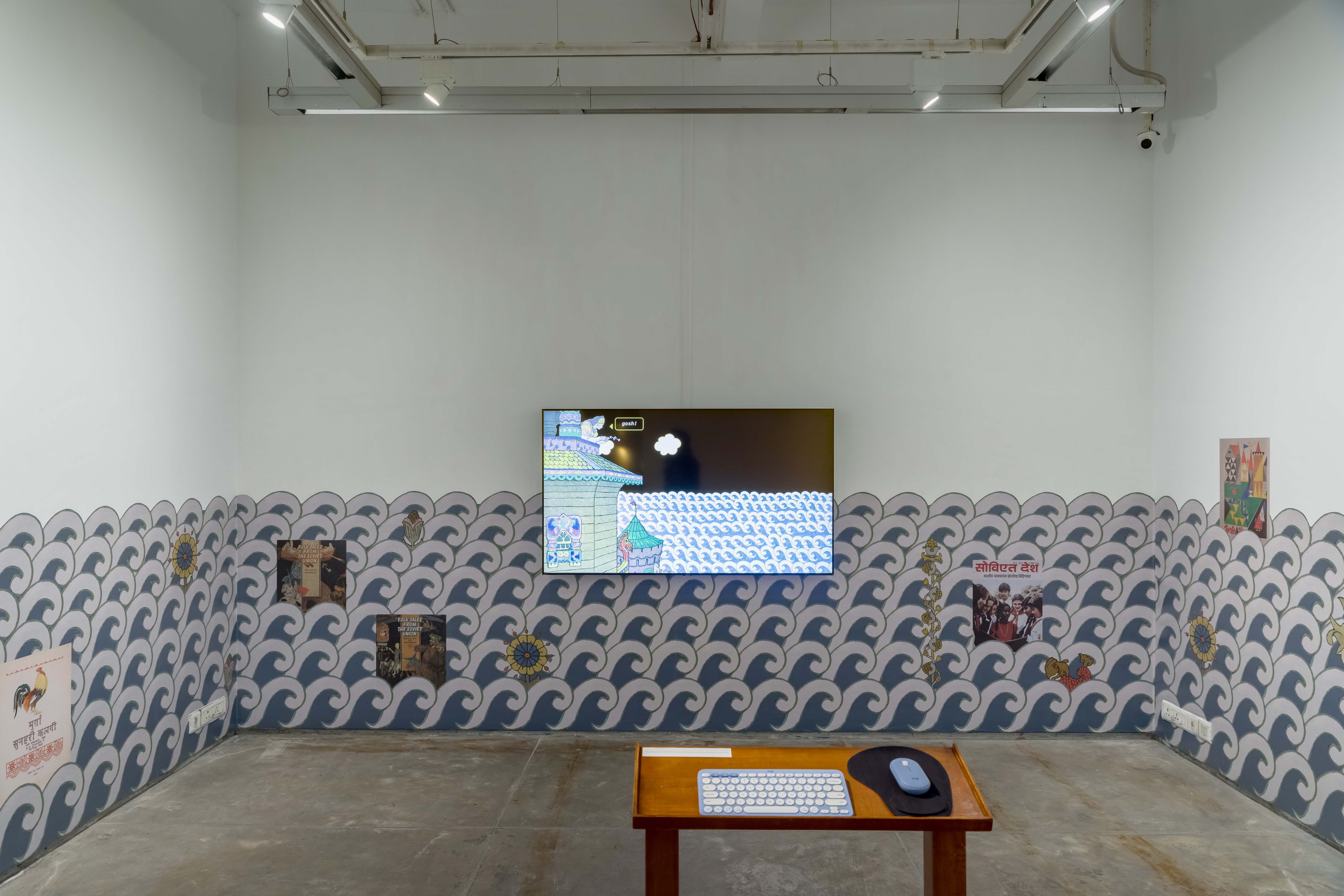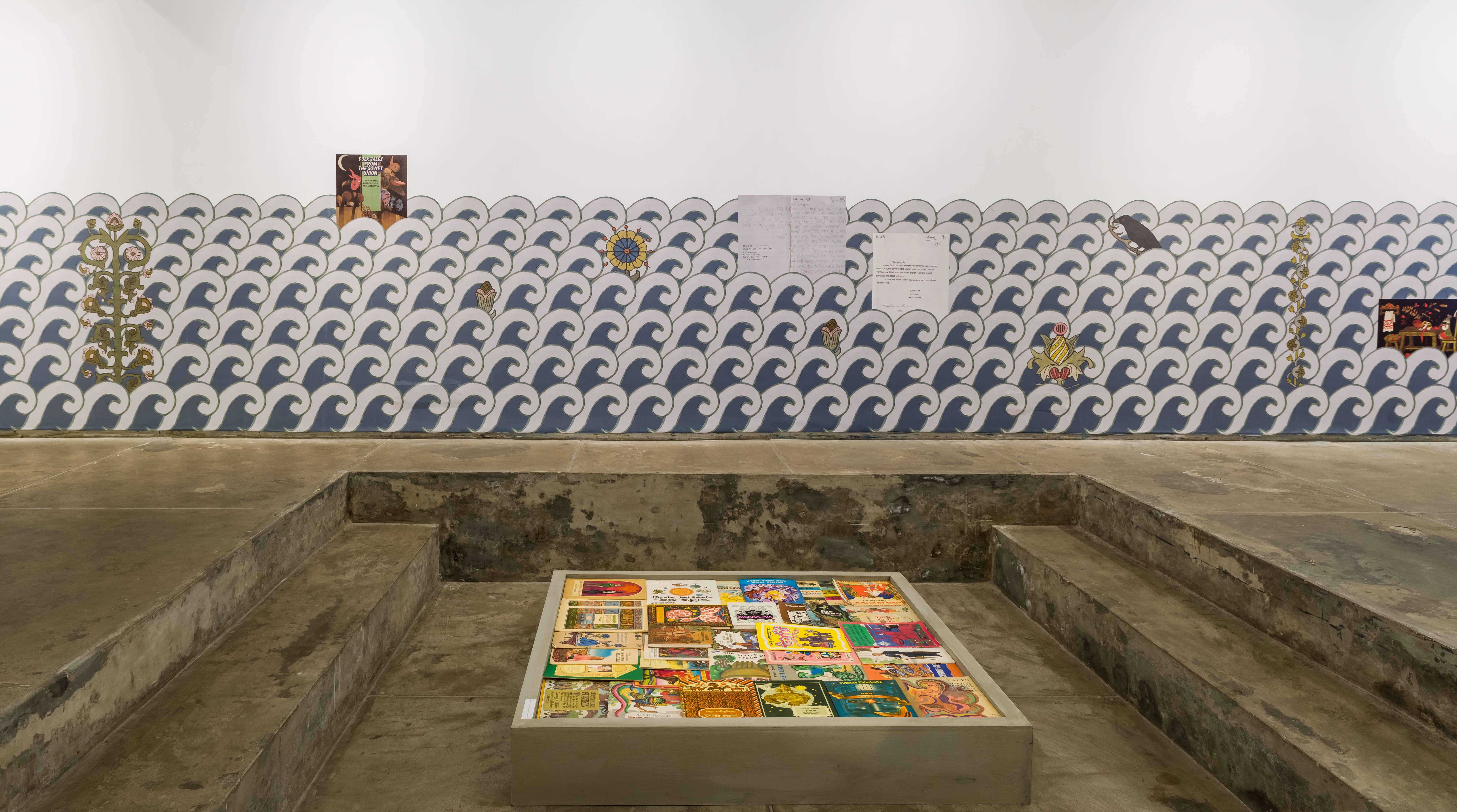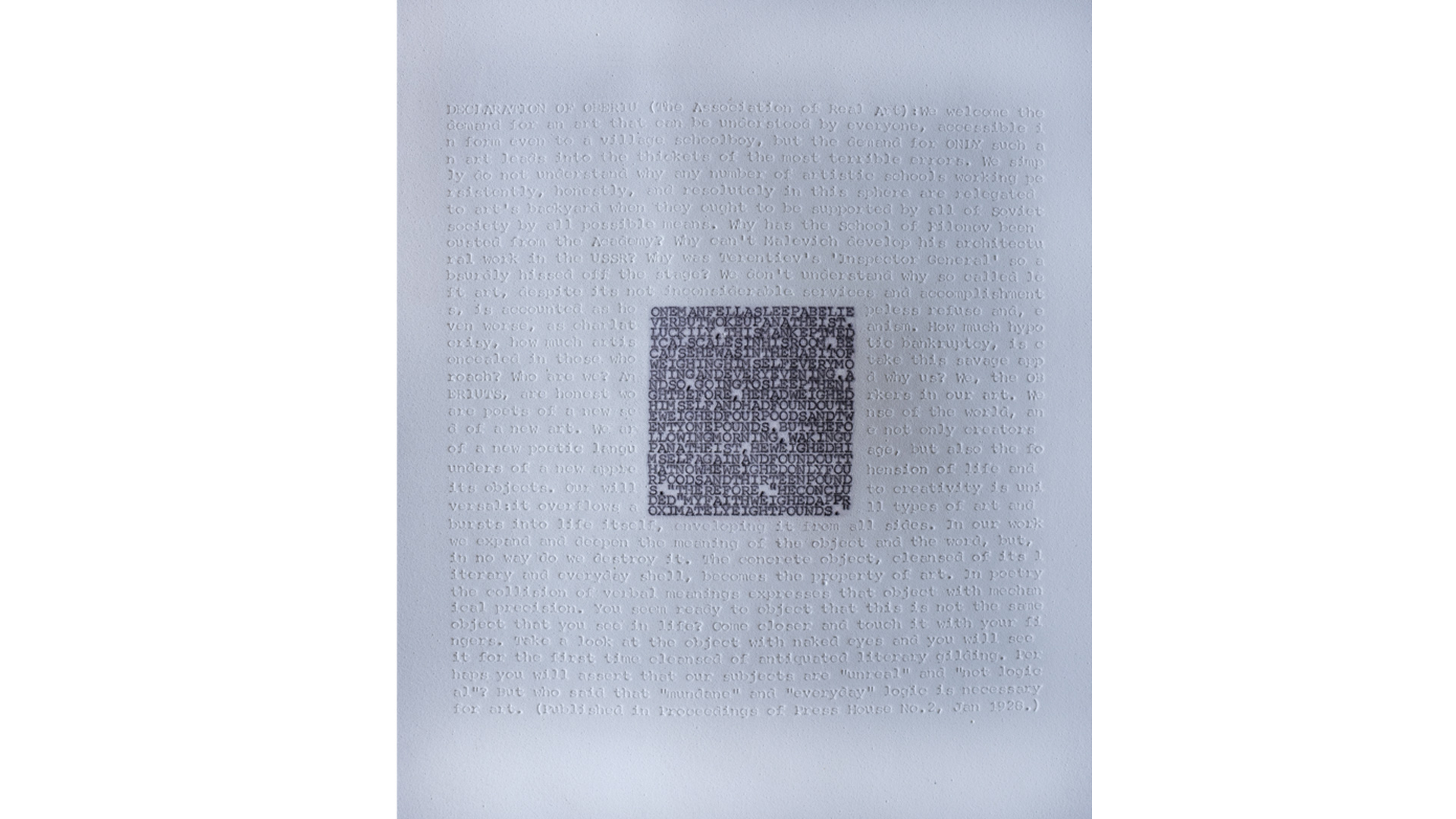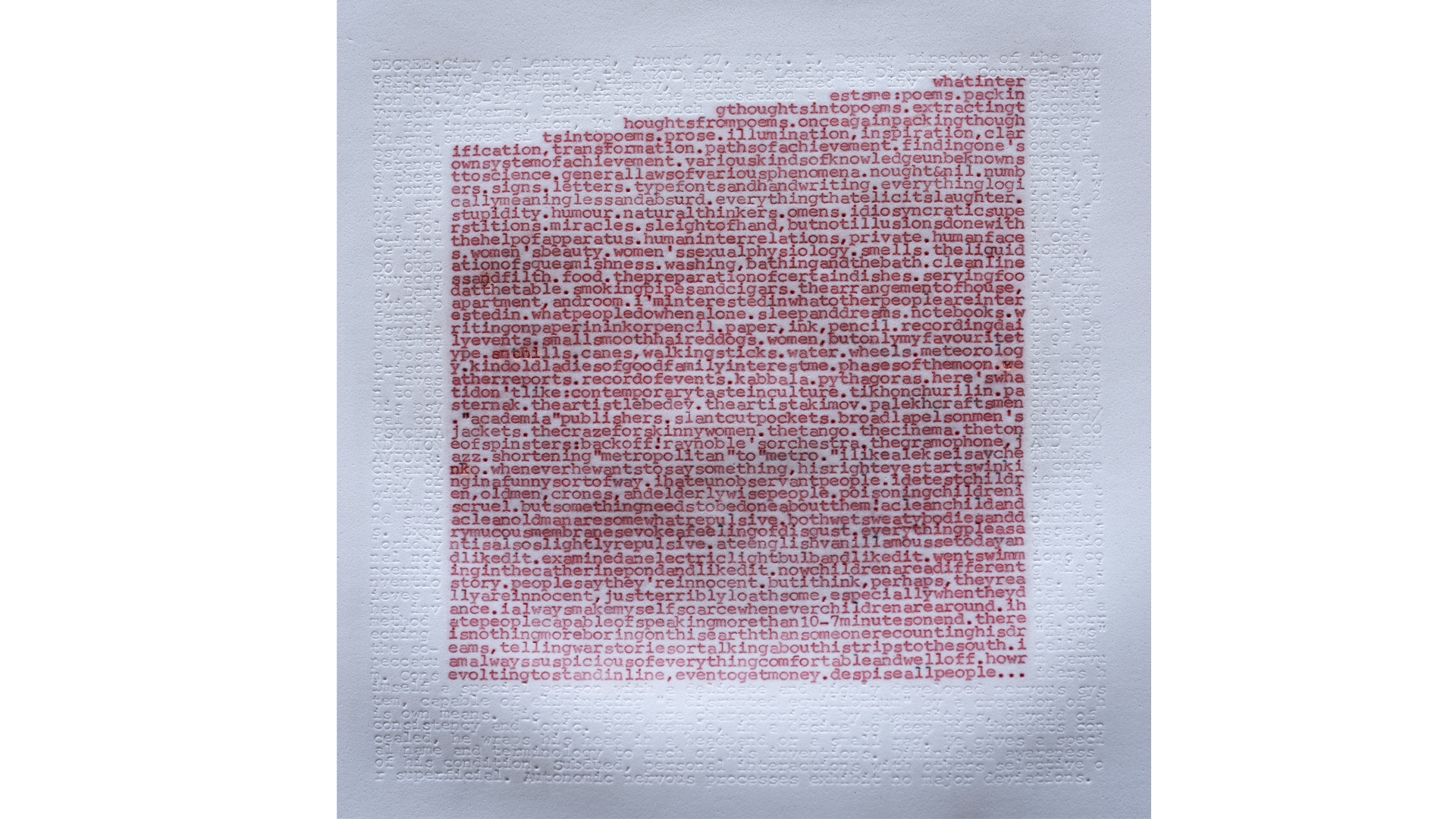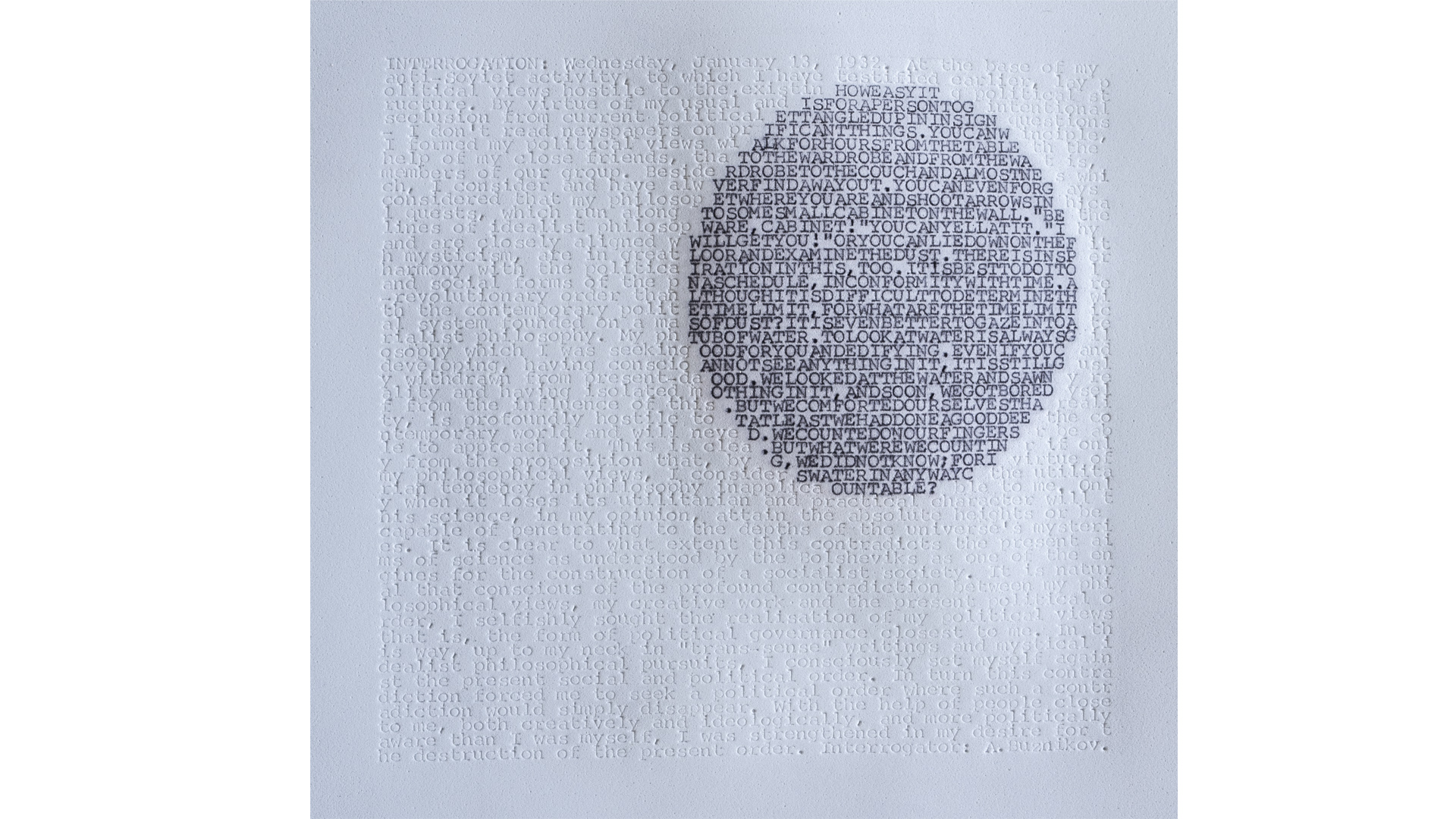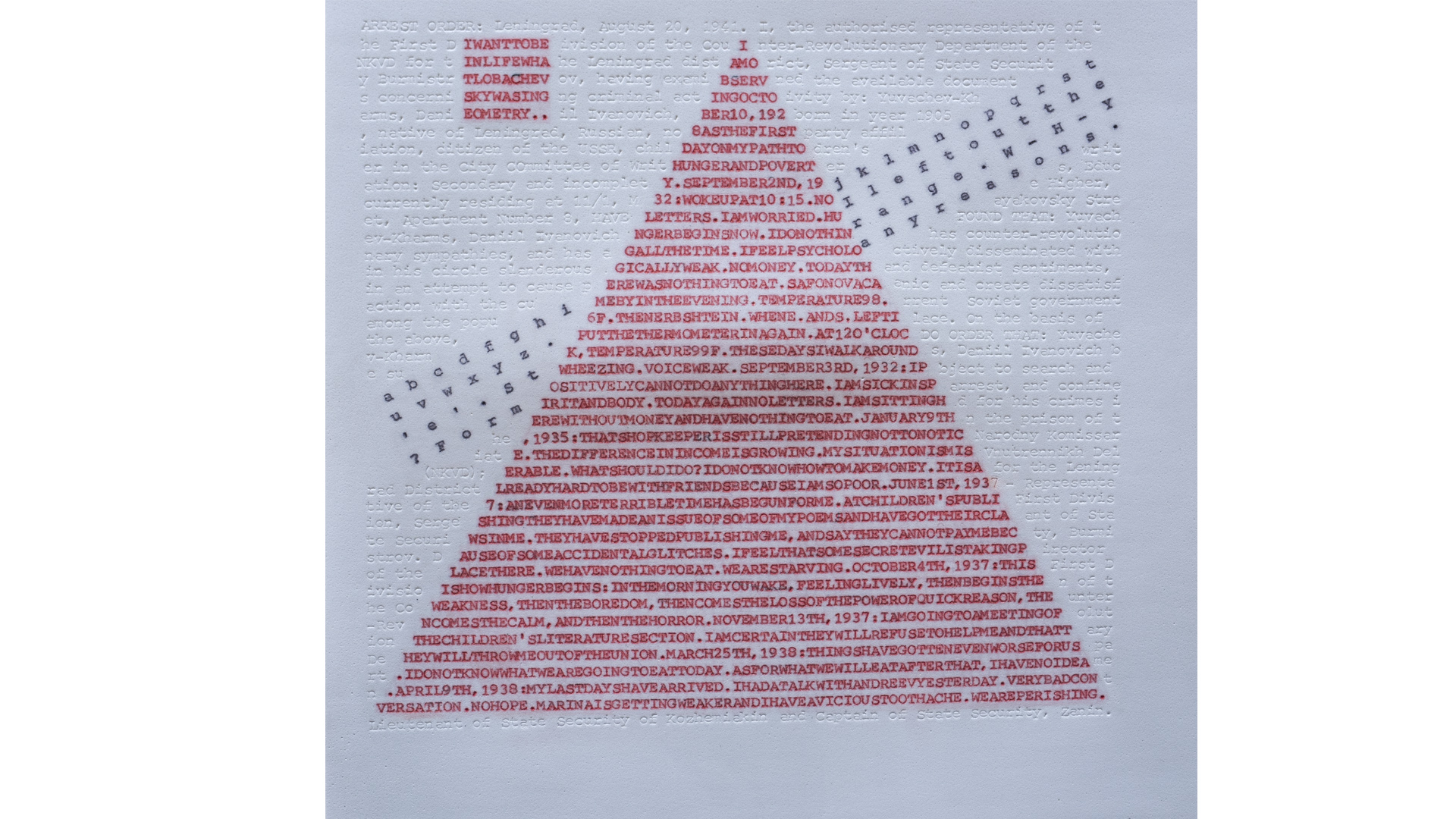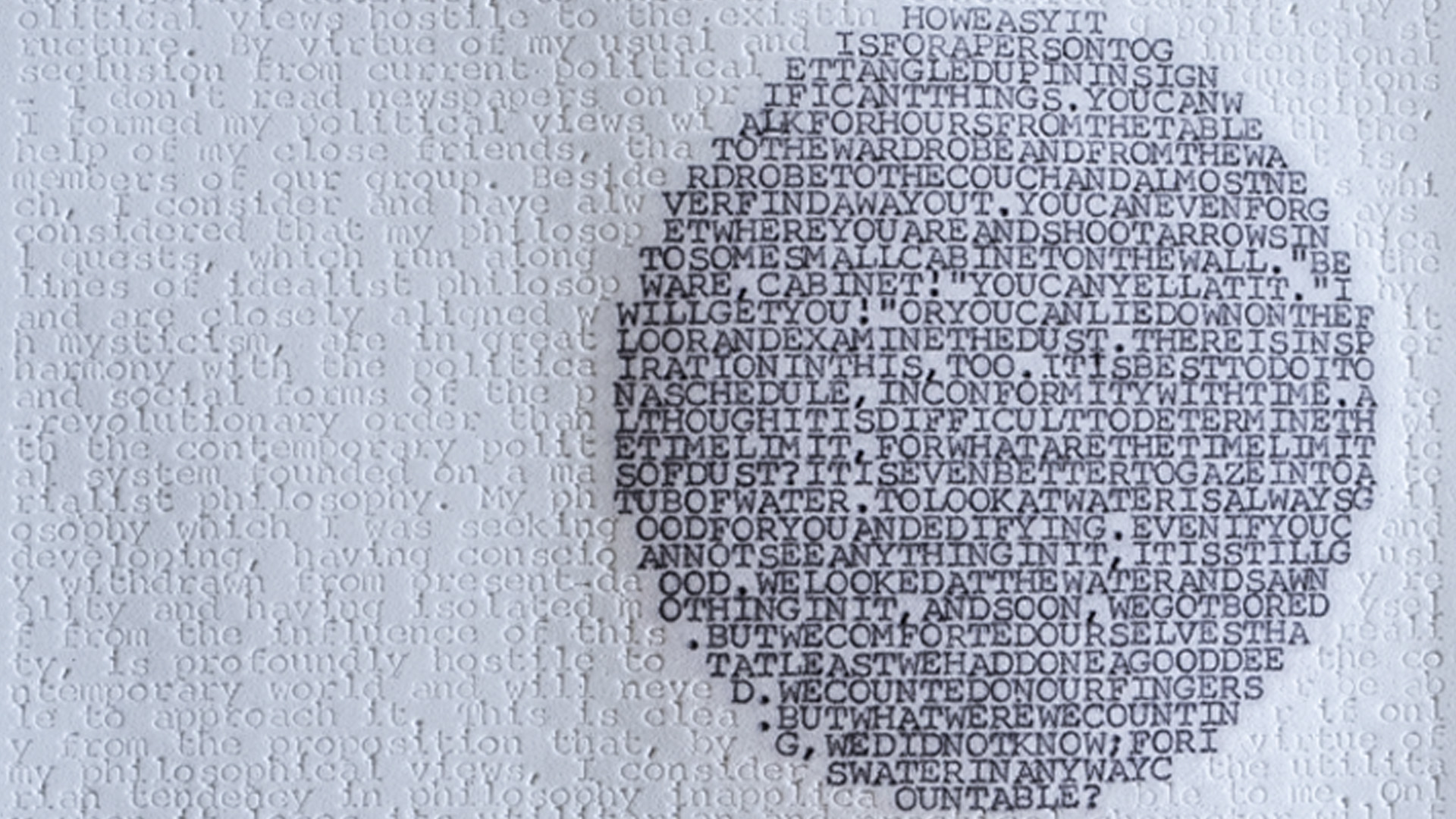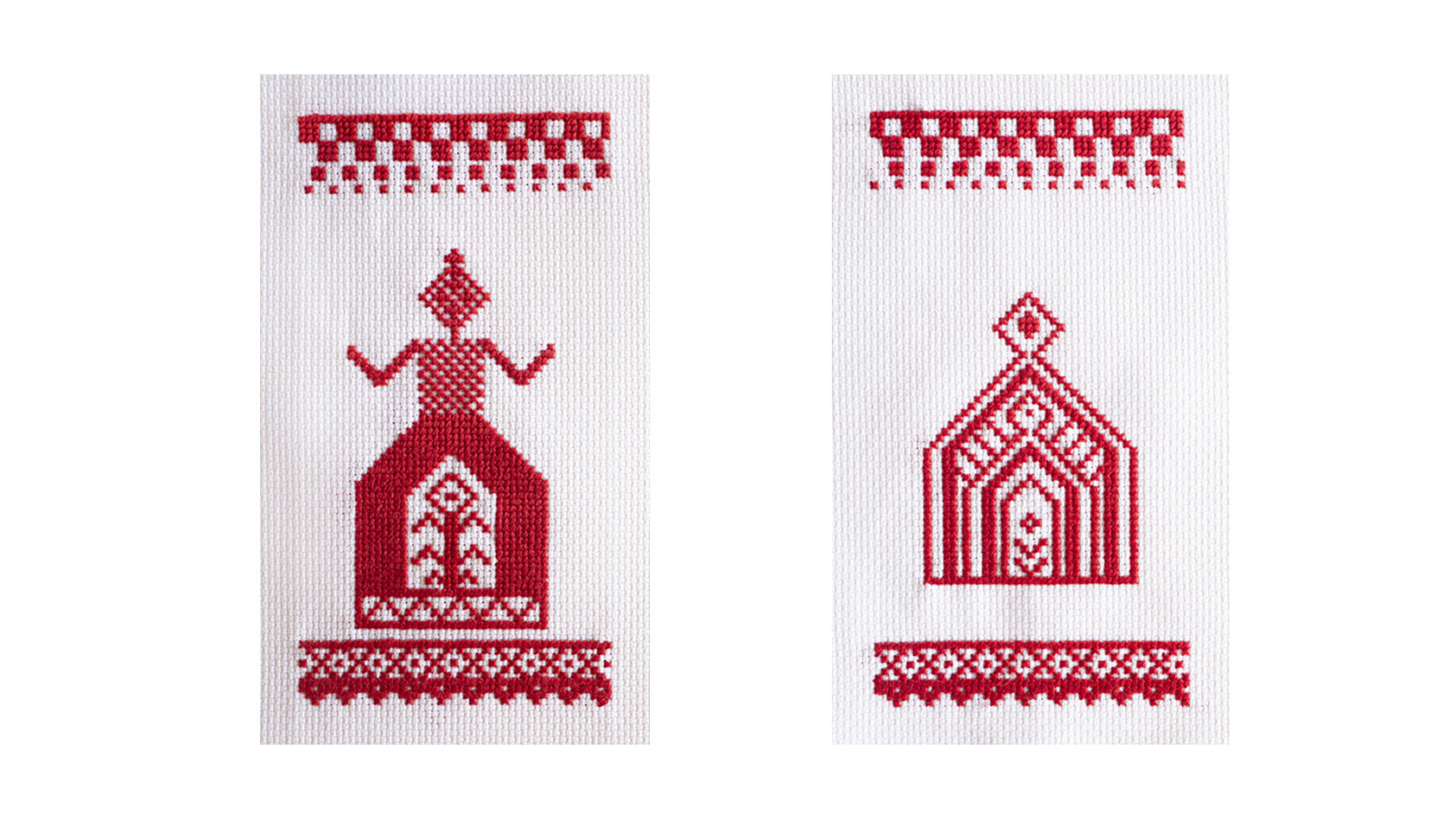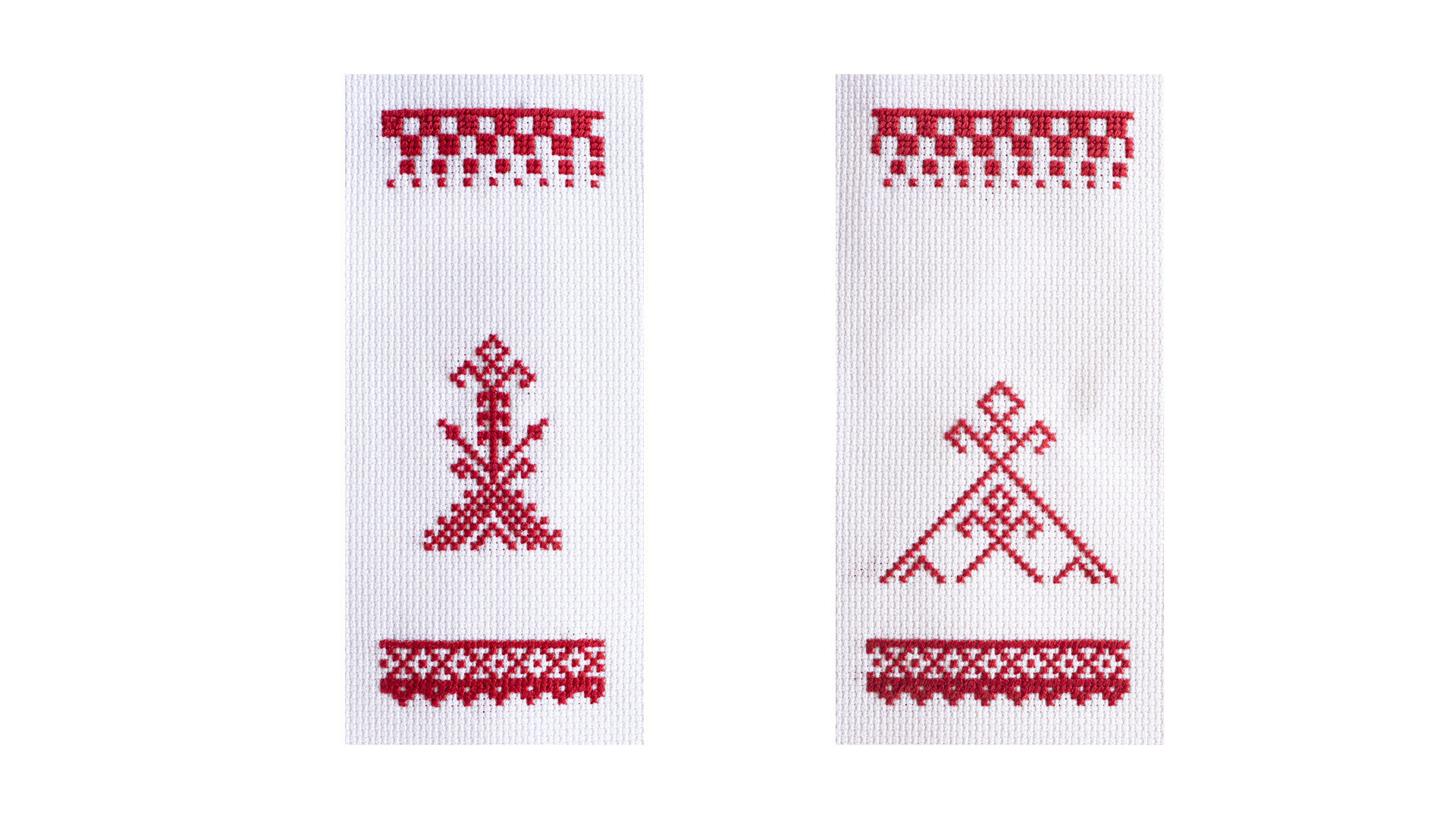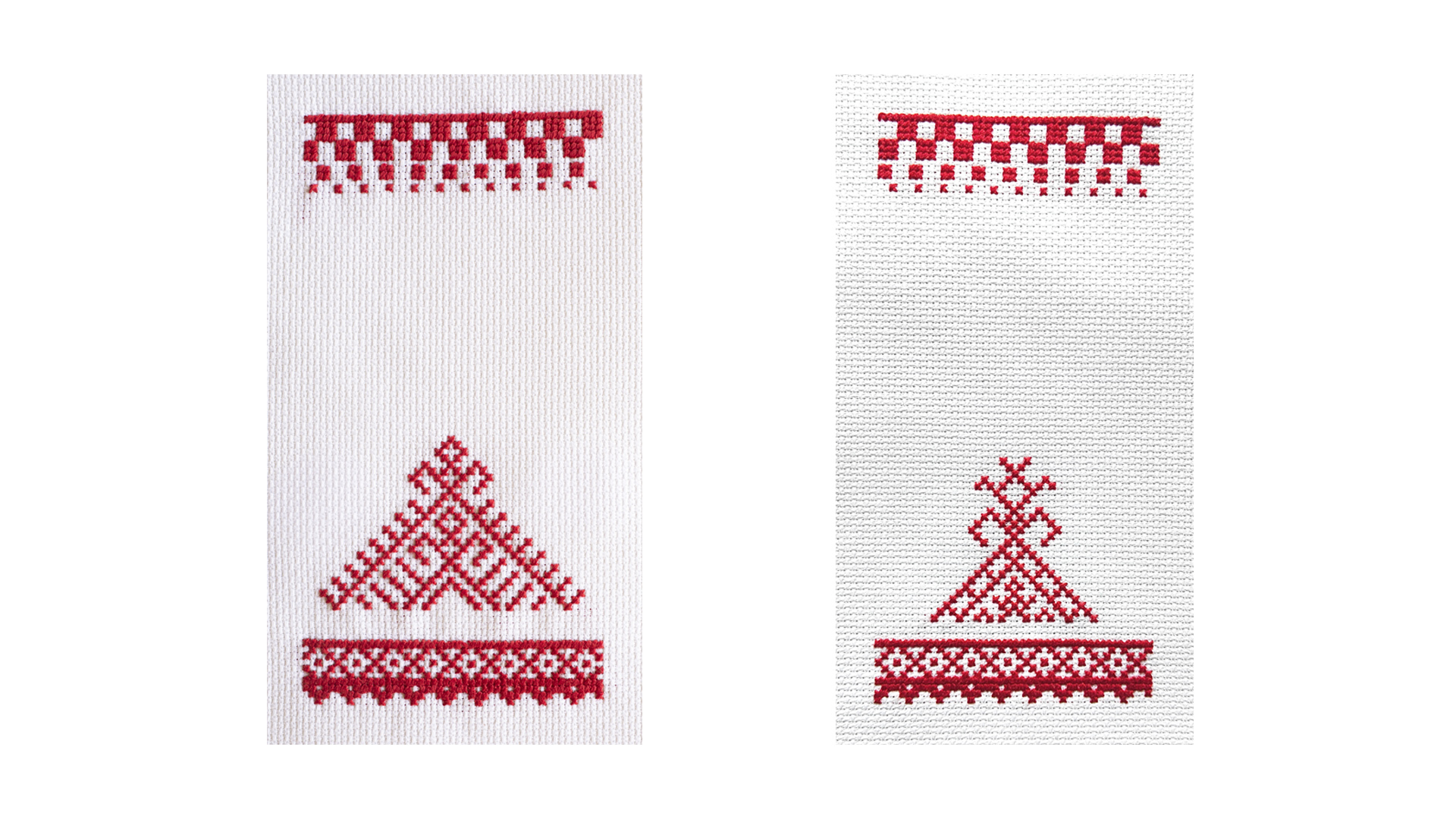I FELL ASLEEP A BELIEVER AND WOKE UP AN ATHEIST
JAN 19 – MAR 2, 2024
EXPERIMENTER–HINDUSTAN ROAD, KOLKATA
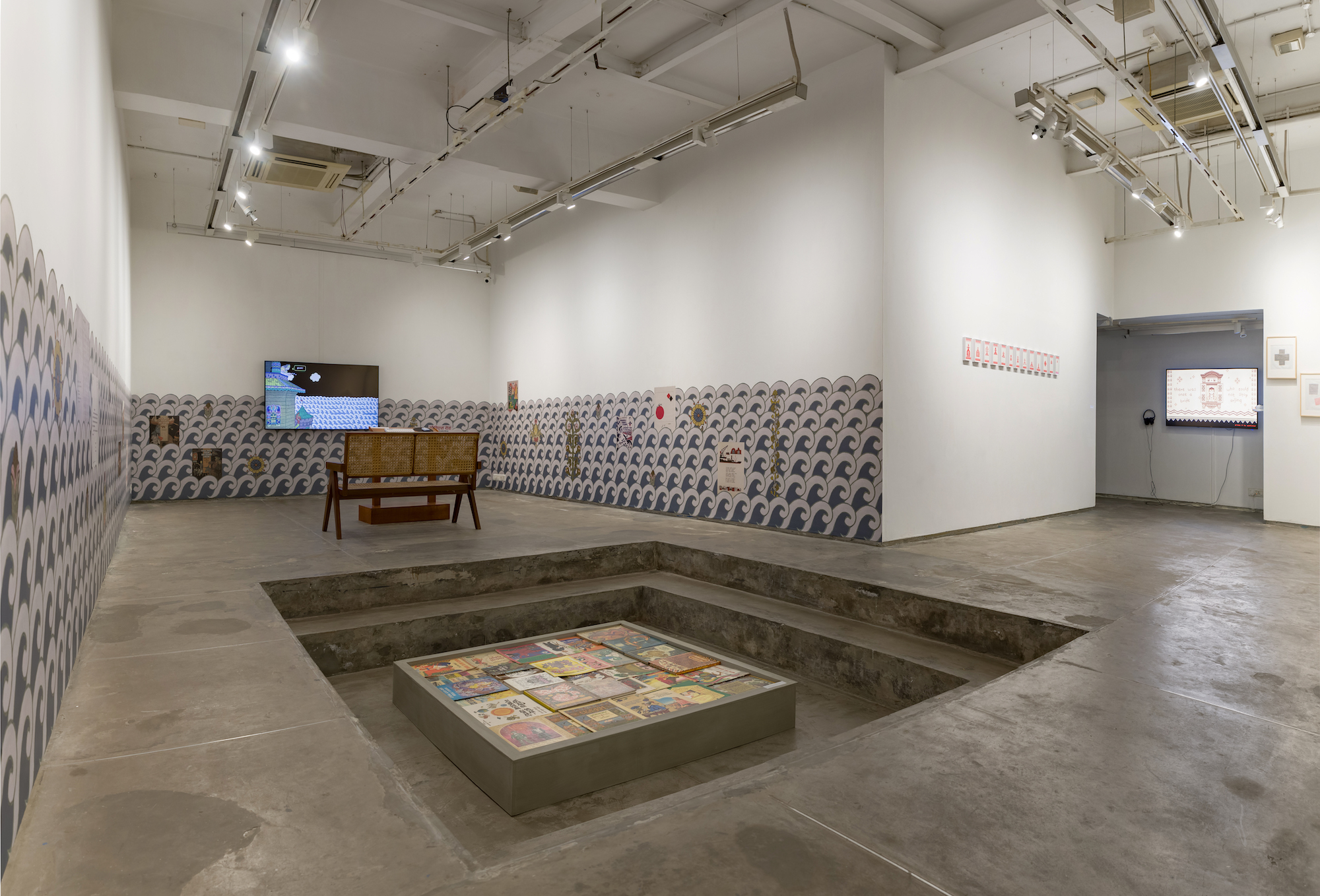
Below is an excerpt from the essay on the show written by Oxana Polyakova, Lead Curator of Research Projects, Garage Museum of Contemporary Art, Moscow.
Afrah Shafiq’s first solo show I Fell Asleep a Believer and Woke Up an Atheist revolves around the findings encountered by the artist during her extensive 3-year research into the phenomenon of Illustrated Children’s books from the Soviet Union that were widely popular in India during the Cold War years. The research culminated in the production of a narrative video game Nobody Knows for Certain (2020 – 2024) supported by Garage Field research (Garage Museum of Contemporary Art, Moscow) that was released in early 2023 to be shown internationally throughout the year in venues ranging from Dhaka Art Summit in February to Berlin’s HKW in September.
In this show, Shafiq directs her attention beyond the children’s books and the ideological narratives conveyed through them towards the inner mechanics of storytelling.
SIX KNOWN AND SIX UNKNOWN LANGUAGES
Typewriter Ink and Impressions on Foam (6)
The show’s title I Fell Asleep a Believer and Woke Up an Atheist is the first line taken from the poem of a Soviet nonsense verse poet and children’s writer, Daniil Kharms (1905 – 1942), that was written in the late 1930s at a time of the Great Terror in the USSR. For Shafiq the poem encapsulates the spirit of the times, characteristic of sweeping overnight transformation and the ways in which they were coped with. Being both intrigued by the fact that Kharms wrote extensively for children but his books never made it to India as part of the state sanctioned book export and fascinated by his revolutionary approach to language Shafiq intuitively connected his experiments with poetic form to Kazimir Malevich’s (1879 – 1935) Suprematism that influenced avant-garde graphic design and Soviet children’s books illustrations. Made with mathematical precision a series of typewriter drawings in red, black and white titled Six Known and Six Unknown Languages (2023) shows a translation of Malevich’s Suprematist drawings into textual compositions based on Kharms’ diaries, published poetry and state documents in connection to his literary experiments and the repercussions they faced.
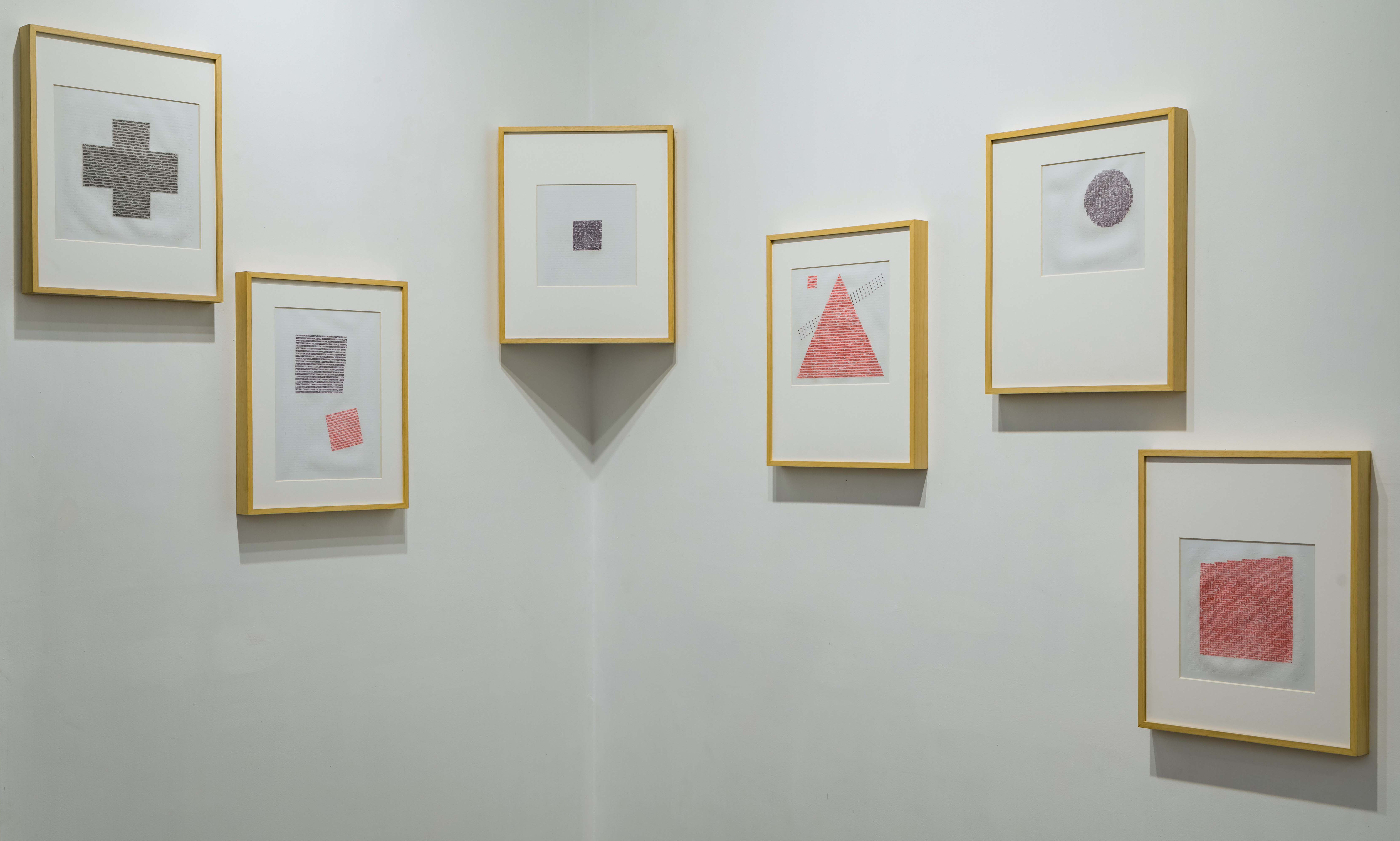
In The Marriage series (2023) the artist looks into the stories behind the edited and translated texts, and explores how women were telling stories before words, letters and books were invented. The series takes off from the red and white traditional Slavic embroidery that was made by women in various parts of Eastern Europe (including contemporary Belarus, Ukraine and Russia) in the 19th and early 20th century. The embroideries often feature in Soviet children’s books directly or indirectly. A deep dive into existing studies on the embroideries reveals a semantic logic where they could be “read” as an early precursor to storytelling. Concentrating on the embroideries dedicated to the subject of marriage, the three works explore the wedding day as a moment of great personal transformation; and mourning as a traditional way to respond to and make sense of this transformation in the process.
THE BRIDE WHO COULD NOT STOP CRYING
Interactive Story-Game (Unity, Custom Code, Animation, Text, Music)
Shafiq’s newest single-player video game made specifically for the show, allows the player to take on a character of a bride on her wedding day as she interacts with her female relatives and mythical characters that appear in their embroideries. The reactions and choices of the player are reflected in the “tear meter” of the bride and depending on the choices made help her reach one of the three possible endings to the game.
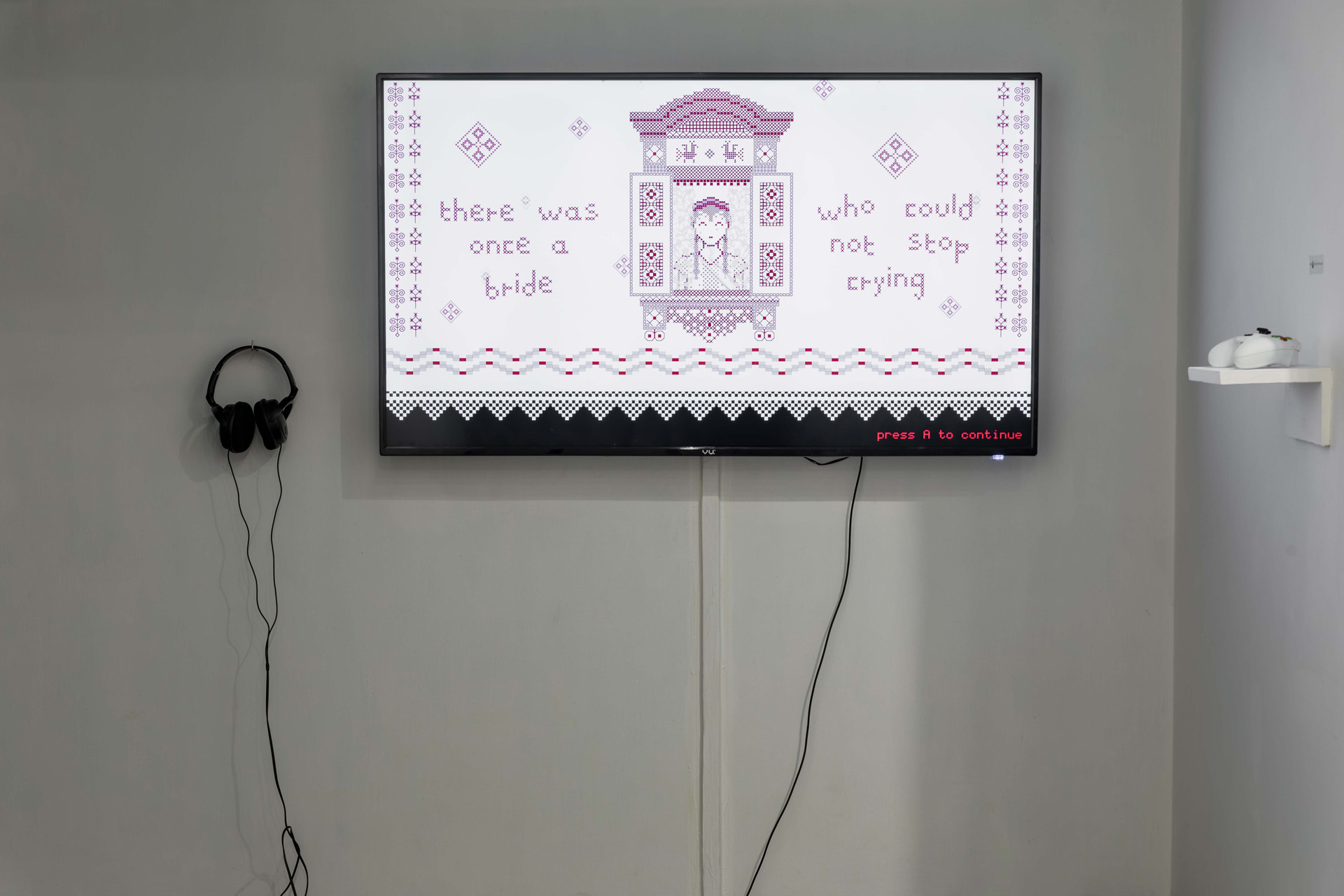
A PREGNANT WOMAN MORPHS INTO THE SUN (1-13)
(Hand Embroidery on Cotton Aida Fabric)
In a series of red and white small-scale works Shafiq tries on the technique of hand embroidery in an attempt to trace the transformation of one of the overarching motifs of womanhood – “the mother” as it morphs into “the sun”. Same as with the other common motif – “the loose woman” that morphs into a “frog”, with a “frog” being a symbol of both fertility and fornication, Shafiq is transfixed by the inherent ambiguity of possible interpretations.
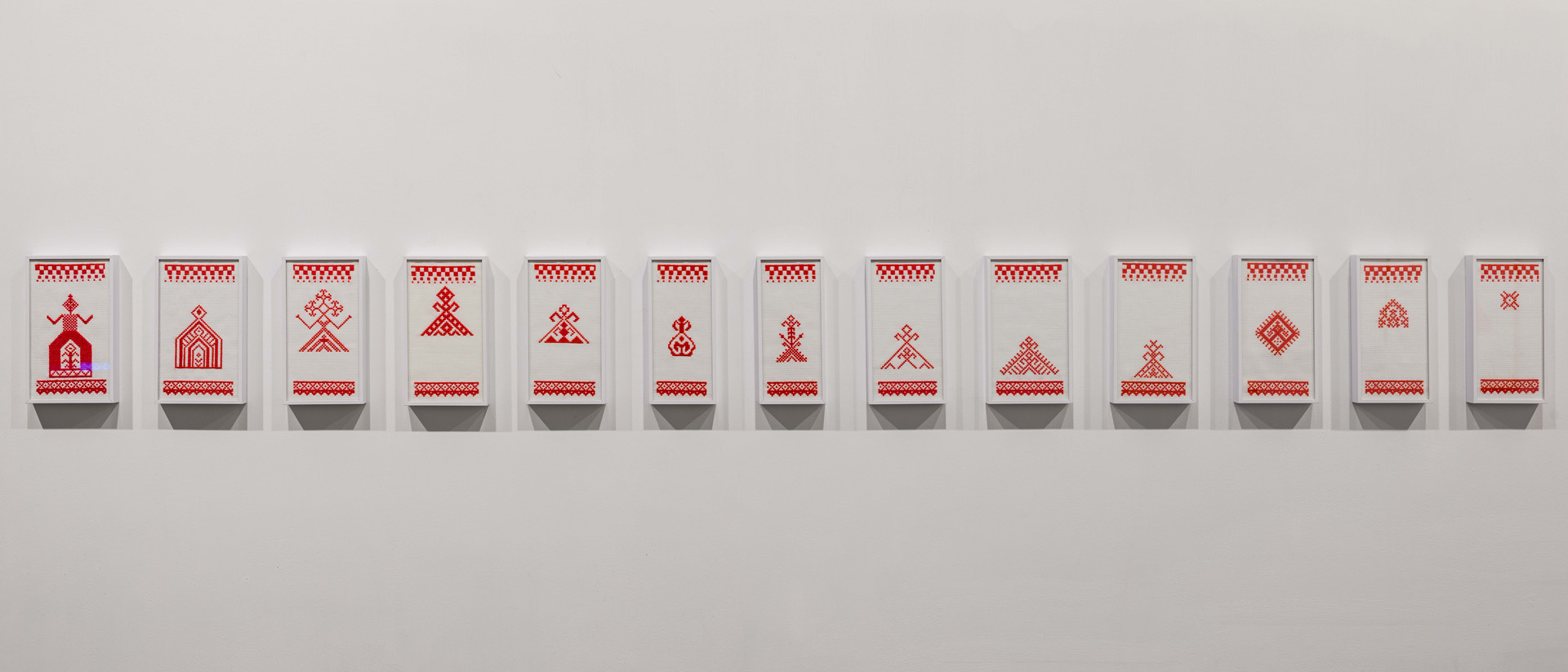
THE LANGUAGE OF TEARS
(Glass mosaic, grout, text and animation on custom made electronics. Duration: 15 minutes)
The artist’s exploration of embroidered motifs and the ritual of bridal mourning continues in a hand-made glass mosaic piece titled The Language of Tears (2023). The piece depicts a figure that often recurs in the embroideries made for the wedding day – a deity called Mokosh, standing on the back of a two-headed horse with each head facing in the opposite direction. In the piece Shafiq speculates that Mokosh in this particular setting can signify an intermission within the process of transformation, a moment between the past and the future. The mosaic is fitted with a custom LED-matrix and features a 15-minute story that reflects on women’s tears as encountered in fairytales and folklore.
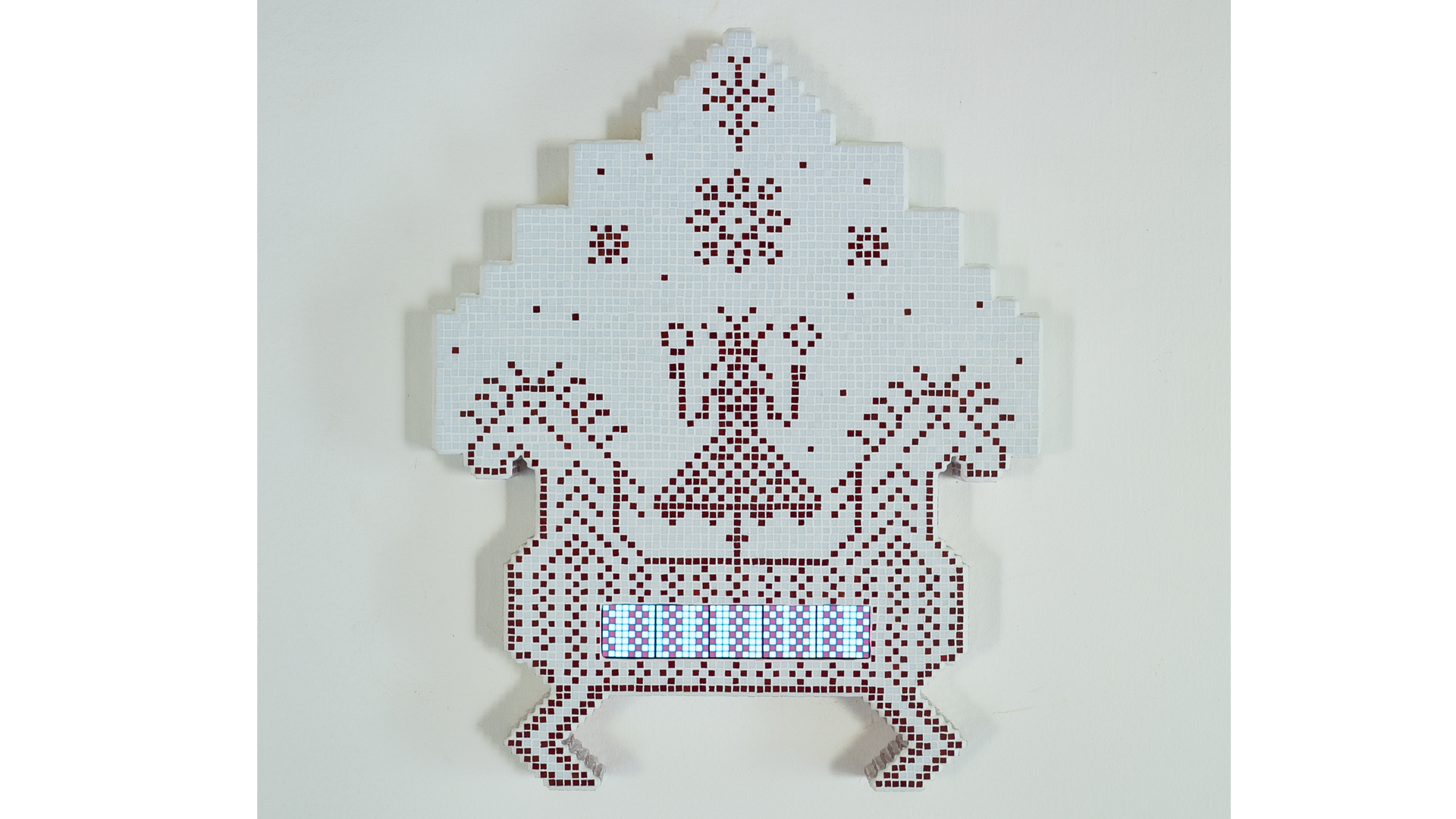
The seemingly unrelated motifs that sprung from Shafiq’s research into the world of Soviet children’s books are interwoven, not only through the theme of political and private transformation, but also through a specific approach that is characteristic of the artist’s current practice. In her earlier works such as Sultana’s Reality (2017) and Our Lady of I Can Be Anything You Want Me To (2021) Afrah Shafiq established herself as an artist capable of diving into hefty and complex research subjects. As she reads through countless archives and studies various historical and cultural contexts, Shafiq is guided by an underlying desire to excavate meaning that goes beyond these conditions and create artistic narratives that could make her findings accessible to the viewer in a playful and yet subversive way.
CREDITS
THE BRIDE WHO COULD NOT STOP CRYING
A game by: Afrah Shafiq
Programmed by: Kushal Neil
Animation and design by: Piyush Verma and Afrah Shafiq
Sound design by Alok Kotian and Ridham Janve
Research Support: Oxana Polyakova, Daria Bobrenko and Ivan Yarygin
Studio Assistant: Sara Athar
This project was created with the support of the Goa Centre For the Arts under VM Salgoacar Fellowship Grant 2023, instituted by Sunaparanta Goa Centre For The Arts.
A PREGNANT WOMAN MORPHS INTO THE SUN (1-13)
Embroidery by Janette Menezes
THE LANGUAGE OF TEARS
Glass cutting by Noor Alam, Waheeda Banu and Rekha M of Glasshopper
Studio Electronics and Programming by Sanketh Kumar P. Special thanks Saarus Nirhali


